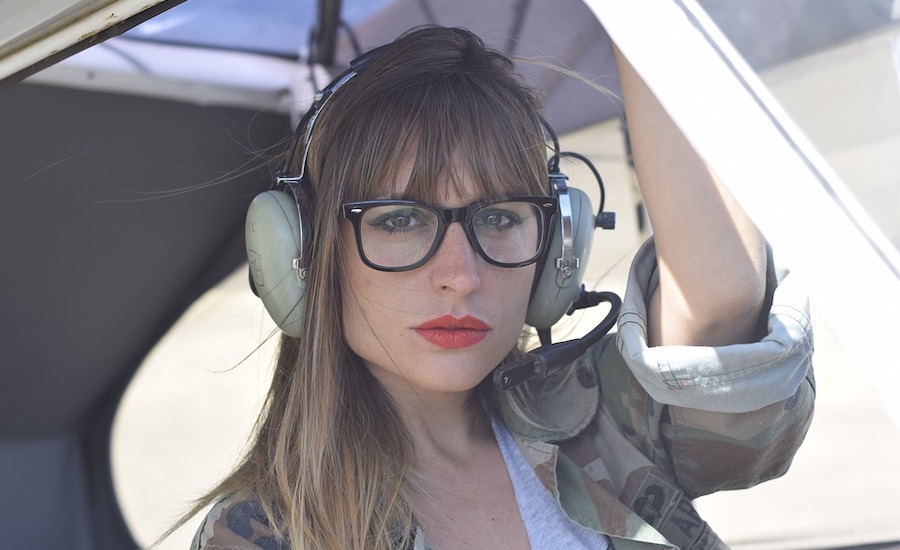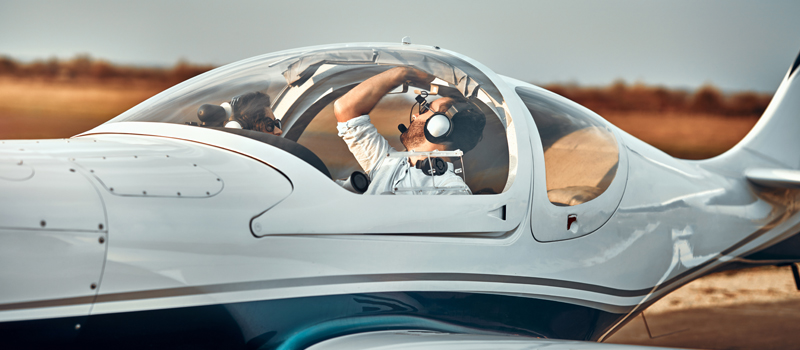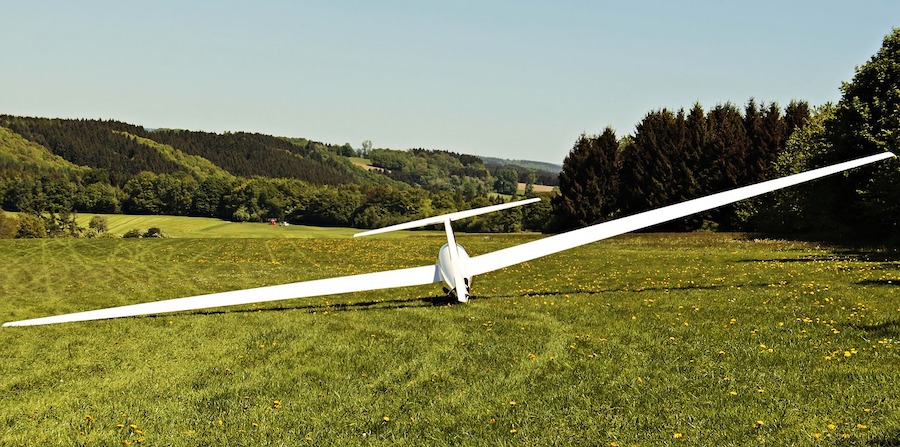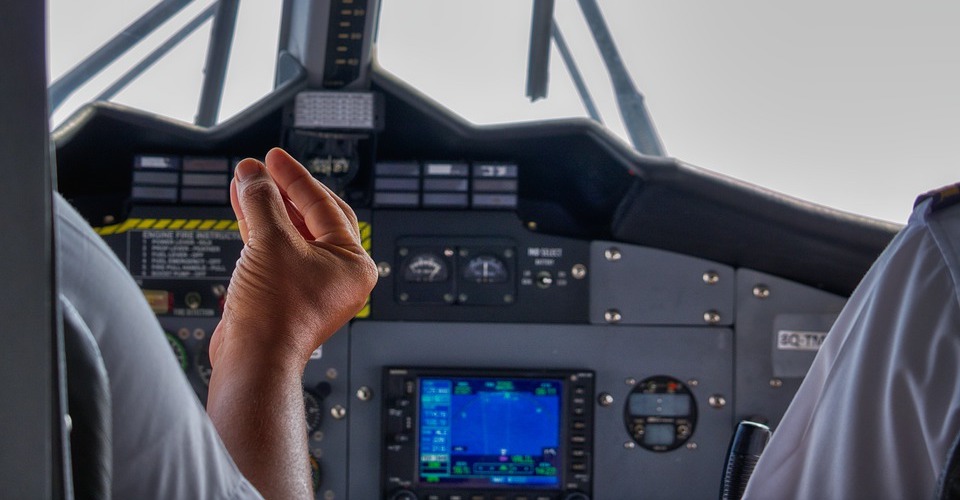Women are being recognized more and more each day as equals to their male counterparts, even in industries that have been traditionally dominated by males. In this article, we shine the spotlight on one such industry – aviation. How has the representation of women in aviation improved? Let’s look at the numbers.
What percentage of FAA-certified pilots are women?
Although there has been a steady growth in the number of female pilots in the last few decades, the percentage of female pilots remains low. If you fly commercially regularly, then you don’t even need to look at statistics to make this observation. To support this conclusion with concrete numbers, the table below summarizes the gender distribution of pilots and other aviation personnel for the year 2022.
| CATEGORY | TOTAL (2022) | Women only | Percentage |
| Pilot–Total | 756,928 | 72,428 | 9.57% |
| Student | 280,582 | 42,184 | 15.03% |
| Recreational (only) | 79 | 5 | 6.32% |
| Sport | 6,957 | 277 | 3.98% |
| Private | 164,090 | 12,831 | 7.82% |
| Commercial | 104,498 | 8,925 | 8.54% |
| Airline Transport | 166,738 | 8,206 | 4.92% |
| Pilot Total w/o Student Category | 476,346 | 30,244 | 6.34% |
| Flight Instructor Certificates | 125,075 | 10,060 | 8.04% |
| Remote Pilots | 304,256 | 24,293 | 7.98% |
| Non Pilot–Total | 737,582 | 218,841 | 29.67% |
| Mechanic | 320,042 | 8,633 | 2.70% |
| Repairmen | 37,861 | 2,087 | 5.51% |
| Parachute Rigger | 7,495 | 794 | 10.59% |
| Ground Instructor | 76,109 | 6,177 | 8.12% |
| Dispatcher | 24,526 | 4,931 | 20.11% |
| Flight Attendant | 246,195 | 195,105 | 79.25% |
| Flight Engineer | 25,325 | 1,114 | 4.40% |
Data shows that there are now only 72,428 women pilots, which accounts for 9.57% of the total. The numbers become significantly less if you discount the pilots that only hold student licenses – (6.34% of non-student pilots are women). The percentage of women that are flight instructors or remote pilots don’t fare much better at only 8.04% and 7.98%, accordingly.
Looking at the statistics of non-pilot aviation personnel, it’s clear that it is only in the dispatcher and flight attendant positions that women are most visible.
What have been the historical trends of women pilots?
The 2022 data only shows a “snapshot” of the status of women in aviation but does not show if there has been an improvement in representation. To observe a trend, we must look at the data from previous years. The tables below show the five-year trends in the number of women in each profession and their percentage of the total.
| CATEGORY | No. of women | ||||
| 2018 | 2019 | 2020 | 2021 | 2022 | |
| Pilot–Total | 46,463 | 52,740 | 58,541 | 64,979 | 72,428 |
| Student | 22,266 | 27,255 | 31,687 | 36,618 | 42,184 |
| Recreational (only) | 10 | 7 | 6 | 6 | 5 |
| Sport | 240 | 254 | 259 | 270 | 277 |
| Private | 10,255 | 10,683 | 11,316 | 11,966 | 12,831 |
| Commercial | 6,556 | 7,038 | 7,724 | 8,421 | 8,925 |
| Airline Transport | 7,136 | 7,503 | 7,549 | 7,698 | 8,206 |
| Pilot Total w/o Student Category | 24,197 | 25,485 | 26,854 | 28,361 | 30,244 |
| Flight Instructor Certificates | 7,335 | 7,957 | 8,592 | 9,340 | 10,060 |
| Remote Pilots | 6,188 | 10,818 | 14,882 | 19,366 | 24,293 |
| Non Pilot–Total | 203,725 | 215,905 | 218,964 | 220,087 | 218,841 |
| Mechanic | 7,133 | 7,573 | 7,860 | 8,231 | 8,633 |
| Repairmen | 1,868 | 1,996 | 1,995 | 2,032 | 2,087 |
| Parachute Rigger | 631 | 681 | 711 | 751 | 794 |
| Ground Instructor | 5,085 | 5,340 | 5,603 | 5,886 | 6,177 |
| Dispatcher | 4,086 | 4,389 | 4,586 | 4,729 | 4,931 |
| Flight Attendant | 183,519 | 194,578 | 196,902 | 197,211 | 195,105 |
| Flight Engineer | 1,403 | 1,348 | 1,307 | 1,247 | 1,114 |
| CATEGORY | % of women | ||||
| 2018 | 2019 | 2020 | 2021 | 2022 | |
| Pilot–Total | 7.34% | 7.94% | 8.46% | 9.02% | 9.57% |
| Student | 13.27% | 13.79% | 14.23% | 14.64% | 15.03% |
| Recreational (only) | 6.94% | 5.51% | 5.71% | 7.06% | 6.33% |
| Sport | 3.84% | 3.93% | 3.90% | 3.97% | 3.98% |
| Private | 6.26% | 6.63% | 7.03% | 7.41% | 7.82% |
| Commercial | 4.01% | 6.98% | 7.44% | 8.05% | 8.54% |
| Airline Transport | 4.40% | 4.55% | 4.60% | 4.70% | 4.92% |
| Pilot Total w/o Student Category | 5.20% | 5.46% | 5.73% | 6.03% | 6.35% |
| Flight Instructor Certificates | 6.76% | 7.01% | 7.31% | 7.70% | 8.04% |
| Remote Pilots | 5.82% | 6.75% | 7.21% | 7.61% | 7.98% |
| Non Pilot–Total | 29.61% | 30.23% | 30.23% | 30.02% | 29.67% |
| Mechanic | 2.44% | 2.52% | 2.57% | 2.63% | 2.70% |
| Repairmen | 5.28% | 5.50% | 5.43% | 5.45% | 5.51% |
| Parachute Rigger | 9.81% | 10.01% | 10.14% | 10.39% | 10.59% |
| Ground Instructor | 7.50% | 7.63% | 7.78% | 7.94% | 8.12% |
| Dispatcher | 19.04% | 19.42% | 19.69% | 19.84% | 20.11% |
| Flight Attendant | 79.32% | 79.19% | 79.16% | 79.19% | 79.25% |
| Flight Engineer | 4.18% | 4.25% | 4.33% | 4.37% | 4.40% |
There are quite a lot of numbers to leaf through, so let’s focus on just a few points:
- For four years betwee 2013 and 2016, the number of female pilots remained at approximately 39,000. Thankfully, since 2017, the number of female pilots has been growing each year.
- In 2015 there were 14,580 female student pilots compared to 42,184 in 2022. This is a massive 189% increase in the number of female student pilots in the past 7 years.
- Although there has been rapid growth in the number of female student pilots, the percentage of licensed female pilots has been growing at a slower pace. 5.10% of licensed pilots were female in 2017 compared to 6.03% in 2021.
- From 2017 to 2022, there has been a slow and steady improvement in the female representation of non-pilots. Contributing to this trend are increases in the percentage of female flight engineers, parachute riggers, and mechanics.
- More interestingly, the percentage of females in the traditionally female job roles of dispatcher and flight attendant has not changed much in the last five years.
All in all, female representation is growing. The percentage of for-hire female pilots is lower than the percentage of female boat captains and operators (8.2%), female police officers (15%), and female doctors and surgeons (31.8%). The common thread running across these professions is that they were all (and still are) traditionally dominated by males. However, compared to these industries, female representation in aviation still has a long way to go.
The lack of female representation even extends to airline management. A report by CAPA back in 2010 found that there were only 15 women CEOs or Managing Directors in airlines worldwide. A follow-up report in 2015 revealed that these figures even got worse as the female leaders moved on and were replaced by male counterparts.
Female Pilot Age
On average, female pilots are younger than their male counterparts. This is a promising sign as women are increasingly choosing to become pilots:
The history of women in aviation
There is no lack of inspiration for female figures in the history of aviation. In 1906, E. Lillian Todd was the first woman to design and build an aircraft. In 1909, Baroness Raymonde de Laroche became the first woman to fly solo, who was soon followed up by Helen Richey, the first woman pilot for a commercial airline in the US in 1934. Several decades later, Eileen Collins became the first female space shuttle commander.
Despite these women achieving feats that put them in the history books of aviation, the percentage of women in aviation remains low. In the 1960s, only one in 21,417 women held a pilot certificate. By the 1980s, the ratio improved to one in 4,224.
What are the barriers to having more women pilots?
As we can see, women are slowly growing as a percentage of pilots. What challenges do women in aviation face?
1. The perception of aviation as a field where men naturally excel in
Getting a pilot’s license can be incredibly expensive. Between the costs renting an aircraft to log your flight hours, the fees for the flight instructor, any instruction material or manuals, insurance, and the FAA testing fee, you’re bound to spend more than $10,00 even just to earn a Recreational license.
The estimated cost is already intimidating for just about anyone. For anyone who would like to go to flight school and attempt to earn a license, they likely go through a process of internal evaluation where they assess if they can earn back their investment. This involves an introspective look into their chances of becoming a successful pilot.
If aviation was perceived as an industry where females can excel just as much as males, more women may be pre-disposed to invest in the training and try to become licensed pilots.
2. A training environment that is not friendly towards females
Another interesting statistic is that there always seems to be a higher percentage of student pilots who are female compared to for-hire student pilots who are female. Since the 1980s, around 10% to 11% of the student pilots have been female. However, this high number doesn’t always translate to an increase in for-hire pilots. What happens to the student pilots who apply for a student license to do flight training?
The answer is that many of them do not finish the training course or choose to not pursue an advanced pilot license. More than any other factor, it’s the training environment that has been noted as a contributor to this phenomenon.
The standard flight training program is designed for male students, who comprise around 90% of any training group. As such, most flight instructors are also male. This can sometimes make it more difficult for female flight students to communicate well with instructors and to receive social support from their peers.
Along with this sense of alienation is the feeling among female flight students that they need to perform better than their male counterparts to even be considered an average pilot. This increased pressure to perform, along with the lack of emotional and social support, can be enough to discourage even the most brilliant female flight students.
3. Perceptions
Several studies have shown that female pilots tend to be judged more negatively when they make errors.
More than sexist comments, separate studies have shown that female pilots are judged as being less competent. This trend in responses was observed whether the respondents were male or female, or pilots or non-pilots.
What will it take to promote better gender representation in aviation?
The barriers that women pilots face are getting more attention.
In 2018, the International Civil Aviation Organization (ICAO) with the South African Civil Aviation Authority conducted the first Global Aviation Gender Summit. The conference tackled gender-related agenda, citing how women are under-represented among FAA-certified crew and in the senior management teams of airlines. A similar conference was held in Seoul in June 2018, aptly entitled ‘Shattering the Ceiling – The Rise of Woman in Asian Aviation.’
The Women of Aviation Worldwide Week is a global event that aims to spread awareness about gender imbalance in the aviation industry. It was launched back in 2011 and has been attended by aviation companies, associations, and individuals who wish to showcase the opportunities that the aviation industry can offer to women. The next iteration of the event will take place from March 2 to 8, 2020.
To provide a community for female aviation professionals, the Women in Aviation International (WAI) was founded back in 1994. This non-profit organization serves as a support group for mentors and advisors to get in touch with female colleagues in the aviation industry. WAI now as more than 12,000 members globally, including men who support better female representation.
Embry-Riddle Aeronautical University hosts day events and summer camps where middle-school and high-school girls can be introduced to opportunities in aviation and even go on introductory flights. Through these events, Embry-Riddle is hoping that more girls catch the “flying bug” and pursue a career in aviation when they grow up.
Another solution is to provide scholarships so that women can afford flight lessons. In 2019, Boeing announced funding of $3 million for scholarships to be granted to under-represented populations in the aviation industry. The target group included females, minorities, and veterans.
Final thoughts
While other industries, such as the medical field or law enforcement, have enjoyed a marked improvement in female representation, aviation is still struggling. Progress over the past few years has been growing.
It’s going to take the collaborative effort of communities, corporations, training facilities, and individuals to help more women succeed in aviation.
Pros
-
Pros Item #1
-
Pros Item #2
-
Pros Item #3
Cons
-
Cons Item #1
-
Cons Item #2
-
Cons Item #3
-
Cons Item #4
Features
- Item #1
- Item #2
- Item #3
- Item #4
- Item #1
- Item #1
- Item #1





